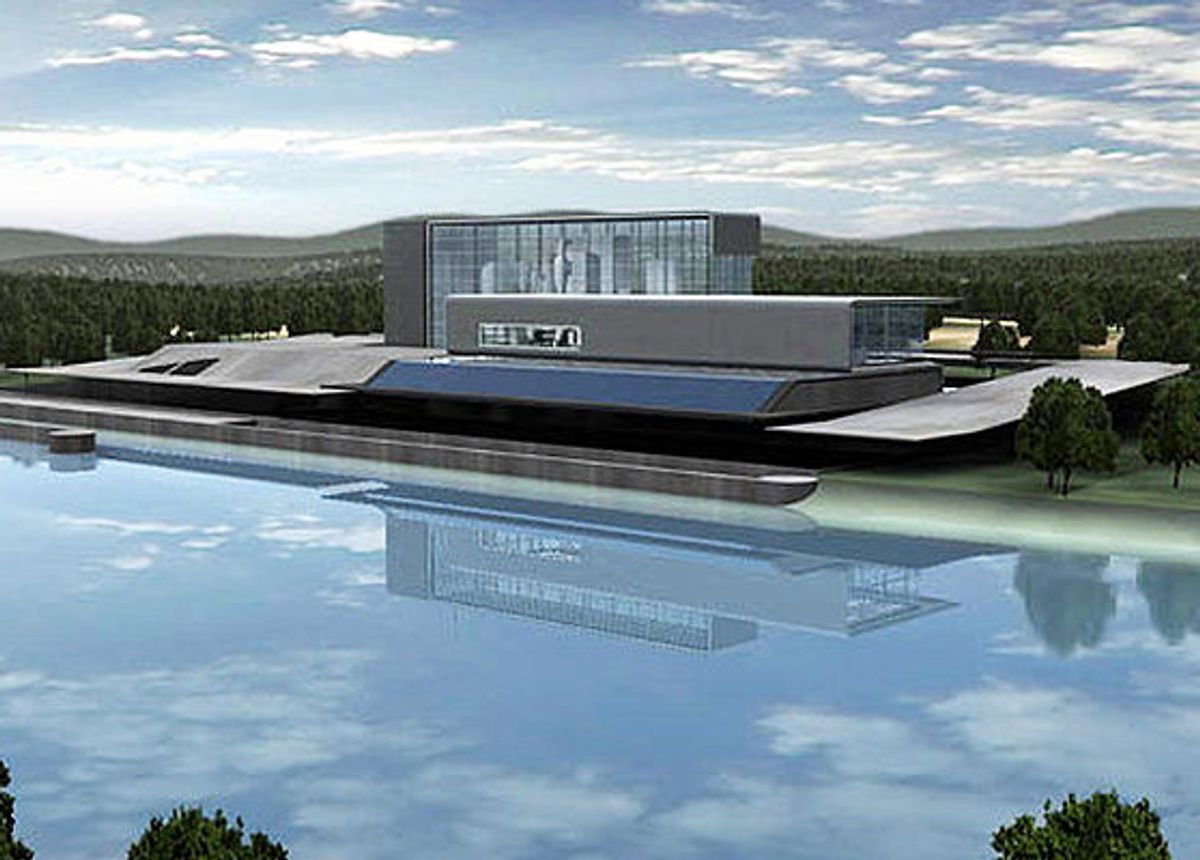The test, conducted in the San Juan Basin area in New Mexico, involved a site where about 35,000 tons of CO2 have been injected both to sequester it and to displace the methane locked underground, making it easier to collect. According to the DOE's National Energy Technology Laboratory, "The technology can measure concentrations as small as parts-per-quadrillion and differentiate injected CO2 from natural CO2."
The Obama administration has not wavered from its insistence on pursuing so-called "clean coal" technology, in spite of some of the government's own scientists' insistence that continuing to burn coal is the surest way toward the worst of climate change-related catastrophes around the world. (For an example, read NASA's Dr. James Hansen on mountaintop removal mining and coal in general.) The 2009 stimulus package included $3.4 billion aimed at CCS technology, and the NETL's press release list reads like a coal research funding program and little else. And there is little debate that the highly touted FutureGen coal project (artist's reflecting pool-pristine rendering above) has already proven to be more trouble than its multi-billion dollar price tag is worth.
The glaring problem with CCS is timing. Virtually all of those DOE projects have "demonstration" or "test" in front of the name, and no amount of money could bring CCS to the point where a meaningful amount of carbon dioxide is captured from coal plants on a time scale that meshes with what climate science calls for. As fights continue over climate and energy legislation and the billions of dollars in fossil fuel incentives and subsidies Congress provides, the question of whether CCS research is just another on that list is hard to avoid. The incremental progress like that seen in the perfluorocarbon tracer technology is promising, but only if there really is no desire to move away from coal completely.
Image via DOE
Dave Levitan is the science writer for FactCheck.org, where he investigates the false and misleading claims about science that U.S. politicians occasionally make.




